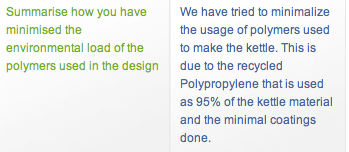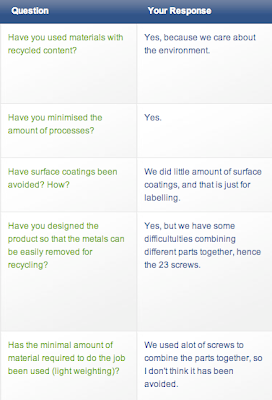THE STORY OF BOTTLED WATER
Having been born In Indonesia, I was always convinced that bottled water is cleaner than the tap water in all countries. That is because in Indonesia, unfiltered tap water is dangerous for people’s health. However, after watching this video, I just found out that in countries such as Australia and America, tap water is cleaner than some of the bottled water that are sold in the stores.
The presentation of the information about bottled water by Annie Leonard, I think is really effective, as it’s easy to understand and almost everyone with basic English will be able to understand clearly what she’s trying to tell us. I have to agree that corporations did manufacture demand that change people’s perception of tap water. However, by personal experience, I have to disagree on the claim that tap water tastes better than bottled water. I know a lot of my friends in Australia that can’t and won’t drink water from the tap, not because they’re dirty – but because of their slightly unpleasant taste compared to bottled water. That, however is not a good enough reason to keep buying bottled water, as water filters are available at an affordable price. Also, the negative impacts such as pollution and the difficulty of recycling it (having to downcycle it later, then scraps are then sent to India, creating more pollution there) clearly outweighs the positives.
I feel that this almost 6 minutes animation, although not as to-the-point as “The Story of Bottled Water”, it's message delivery is just as effective. “The Story of Bottled Water” is aimed at general public, where as this video here is aimed at us, designers. The video is in a way, a wake up call for designers to start thinking about what happens after the end of product life-cycle. We, as designers always try to make design which is highly demanded with the cost as cheap as possible, without thinking that the some materials can’t be recycled, and that they are just going straight to junk, adding pollution to the world.
As my previous blog entry noted, designers have to consider every single materials – of whether it can be recycled and if yes, then how can it be recycled. It is pretty much our fault, releasing a new invention or adding a new feature for a type of model in such a short time. For example, Apple (A company which can be said, makes products which are design-oriented) release a new version of whatever device that is popular at the moment just to get more revenue. What do they do with the older version then, which everyone forgets as soon as the new version is released?
This video emphasizes that idea, of that a designer should think of its ecological consequences before making a product. That, I think is very influential for the Industrial Design community as a whole.





















